2015 AIGA Medalist: Dan Friedman
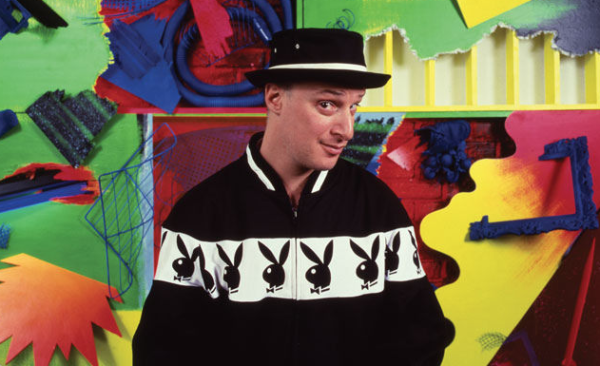
Recognition
2015 AIGA Medal
Born
1945, Cleveland, Ohio
Deceased
1995, New York, New York
By Christopher Pullman
September 1, 2015
Recognized for providing an expressive, eccentric career model for young designers; and for his philosophy of “Radical Modernism,” which places Modernist ideals within Postmodern practice.
Dan Friedman exhibited that rare ability to shift seamlessly between the worlds of education, design, art, writing, and social activism. Through his influential teaching, visionary writing, and multidimensional design practice, Friedman was instrumental in altering modernist design thinking from the cool, rational Swiss model of the ’60s to a more emotional, exuberant, and inclusive mode of visual communication. His life and work were continually informed by philosophical and ethical values that stand today as a model for contemporary design practice.
To those who watched Dan Friedman’s fascinating career unfold, it appeared as a series of radical, but deeply considered evolutionary shifts. Arguably, this evolution began at Carnegie Mellon University, when Ken Hiebert, a professor fresh from the Swiss Allgemeine Gewerbeschule Basel exposed him to a different kind of design thinking. Hiebert recognized Friedman as an “audacious and promising student,” and encouraged him to pursue postgraduate study abroad. A Fulbright scholarship took Friedman to the Hochschule für Gestaltung Ulm, the austere German school that inherited the Bauhaus’ mantle of modernism and was filled with activist students focused on semiotics and what is now called information theory.
When Ulm collapsed in political strife the year after he arrived, Friedman transferred to Basel. Where Ulm was cool, rational, and systematic, Basel was more humane, intuitive, and imbued with an aura of aesthetic asceticism. At Basel, Friedman encountered two key influences: master teacher Armin Hofmann, whose long, quiet classes involved drawing, color, and formal refinement; and Wolfgang Weingart, a new typography teacher steeped in the meticulous underpinnings of contemporary Swiss/German typography, but suspicious of its impersonal, reductive bias. In his own experiments, Weingart was searching for a more expressive, less dogmatic approach, and he found a like-minded and talented student in Dan Friedman.
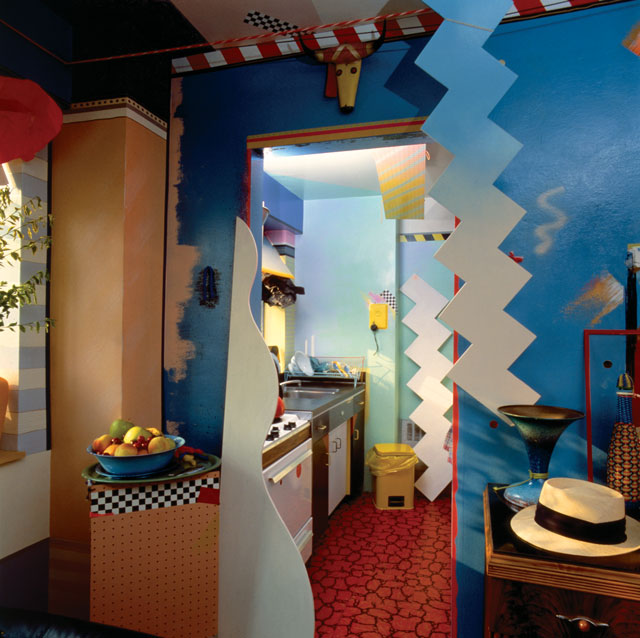
Dan Friedman’s apartment, 1985 (photo by Tim Street-Porter).
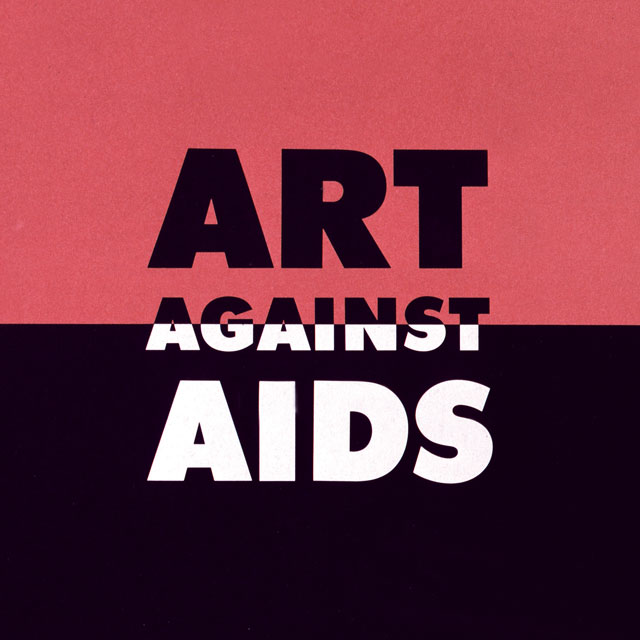
“Art Against AIDS,” for the American Foundation for AIDS Research, 1987.
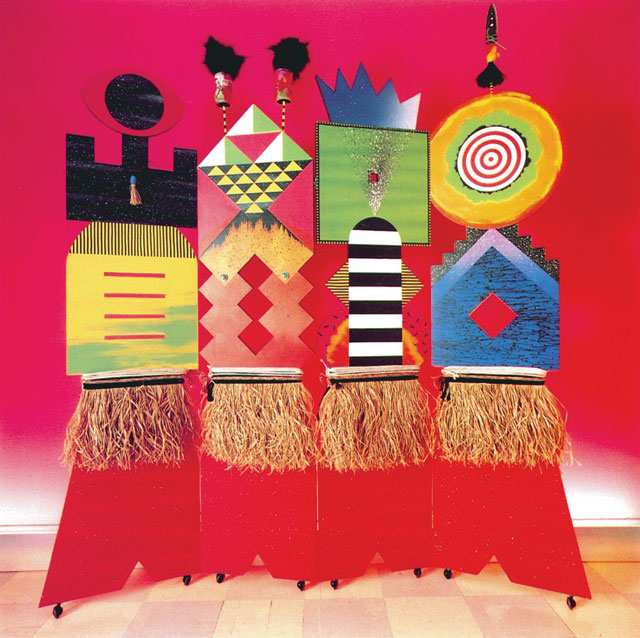
“Primal Screen,” 1984 (photo by Tseng Kwong Chi).
In 1969, on Hofmann’s recommendation, Friedman was offered a full-time teaching position in Yale University’s graduate graphic design program. There, he devised a series of projects that reflected the Ulm/Basel dichotomy. These “advanced fundamentals” were controlled explorations of two overlapping and opposing systems—structured and free, conceptual and intuitive, passive and assertive. He encouraged his pupils to gradually push typographic compositions to the point where they became illegible—a strange objective in the modernist mindset—because he wanted them to experience the possibilities between these two extremes. The goal was to develop a methodology of design without forming preconceptions about its final outcome.
In 1973, Friedman published these student projects in the influential journal Visible Language, which introduced his rigorous practice to design educators around the country. That same year he arranged a whirlwind lecture tour of U.S. design schools for his mentor, Weingart, who presented his spirited alternative to the cannons of high European modernist typography. Through these efforts and his personal graphic examples, Friedman—along with a growing number of Basel graduates—helped to introduce America to a more energetic and playful typographic model, later called New Wave Typography, that would proliferate in the ’80s and ’90s.
Friedman further refined his ideas on teaching while helping create the new visual arts program at SUNY Purchase. He taught there for three years, but was frustrated by an administration that didn’t understand his approach. When he was offered a position with the corporate design firm Anspach Grossman Portugal, he decided to leave academics in order to experience high-level professional practice in New York.
In his new role, Friedman tackled one of the biggest corporate makeover projects of the decade for Citibank. His meticulous vision for the global bank was codified in a memorable logo, striking posters, and a thick manual of templates for every imaginable application so Citibank’s outposts around the world could flawlessly apply the new modernist veneer.
His work drew the attention of Colin Forbes, who, in 1979, invited Friedman to be the first associate in Pentagram’s fledgling New York design studio. Although Friedman turned out a number of elegant projects for Pentagram, it wasn’t a perfect fit. Instead of bringing in big clients on par with Citibank, he gravitated towards smaller, unprofitable-yet-enjoyable projects for his friends in the fashion industry, which ultimately put him at odds with Pentagram’s studio model.
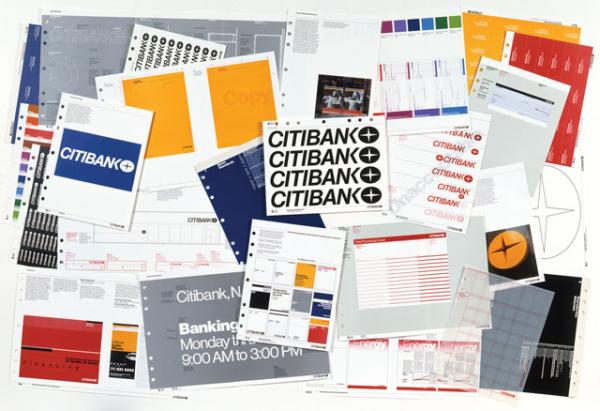
Citibank graphic standards materials, 1975.
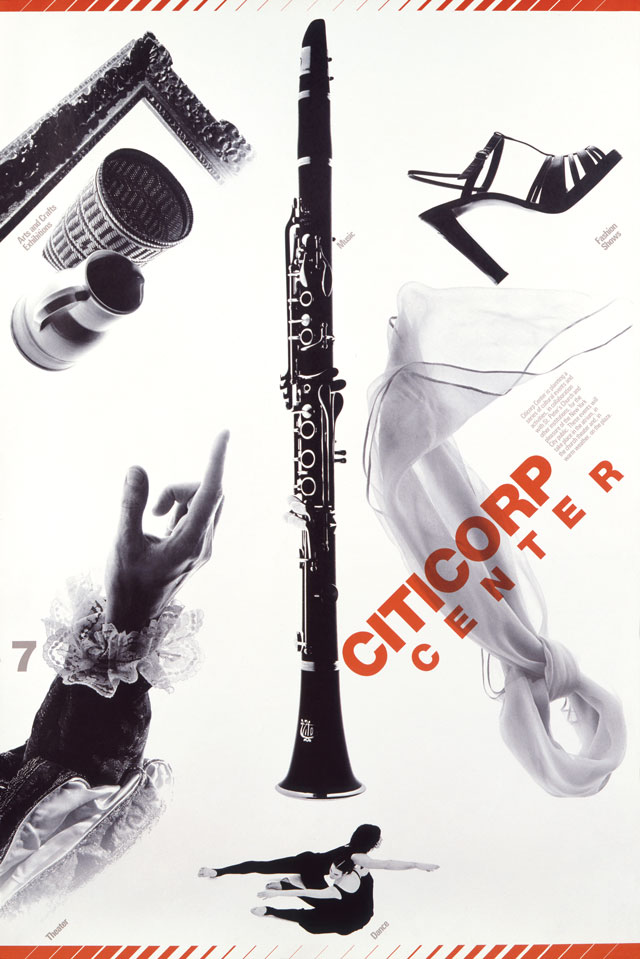
“CitiCorp Poster No.7,” 1976.
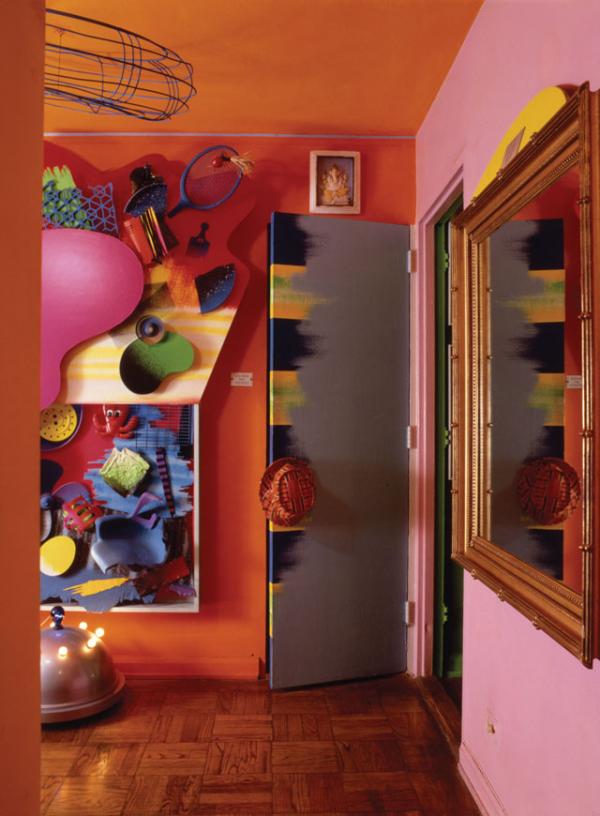
View of Dan Friedman’s apartment, 1991 (photo by Antoine Bootz).
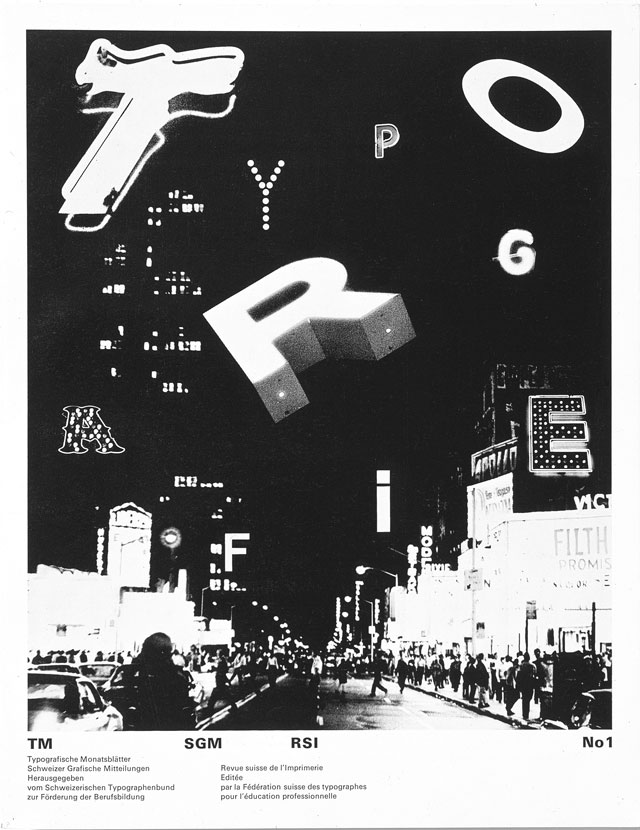
Cover for Swiss typographic magazine “TM,” 1971.
Increasingly disillusioned by catering to the narrow interests of large corporations, Friedman sought a more fulfilling way to contribute to society. He began spending time with artists and designers at the cafés, shops, and galleries in Soho and on the Lower East Side; it wasn’t long before he became more interested in the late-night club culture than in his day job. After a few years, he left Pentagram for good and plunged into the flamboyant downtown art scene, embracing a cacophony of influences: pop art and graffiti; rock-and-roll, hip hop, and punk music; consumer culture and fantasy—all of which propelled him forward into new modes of artistic production and cultural provocation.
Industrial designer and educator Steven Holt observed that as Friedman “began to pursue projects of personal meaning rather than professional interest at the end of the ’70s, his life increasingly took on the dimensions of an experiment rather than a career.”
Nowhere was this more obvious than in his apartment, a one-bedroom near Washington Square Park. For more than a decade, he transformed this space into a laboratory for investigating color, form, materials, and meaning. “I have, for many years, used my home to push modernist principles of structure and coherency to their wildest extreme,” Friedman said. “I create elegant mutations radiating with intense color and complexity in a world that is deconstructed into a goofy, ritualistic playground for daily life.”
Friedman was welcomed into a circle of like-minded eccentrics that included Keith Haring, Jeff Koons, Kenny Scharf, Tseng Kwong Chi, and Jean-Michel Basquiat. Invigorated by their diverse perspectives, energy, and optimism, Friedman entered a period of incredible invention and productivity. His apartment experiments spawned gaudy screens and an eclectic range of fantasy furniture, which carried symbolic meaning beyond basic functionality—incorporating recycled trash, raffia skirts, fetishistic symbols, and typography. He created huge, radiant, post-nuclear installations, which exhibited locally, and coauthored Cultural Geometry, Artificial Nature, and Post Human with gallerist and curator Jeffrey Deitch. And when the art community became engulfed by the AIDS crisis, he devoted his skills as a designer to AIDS activism, having lived in the shadow of the disease for a decade himself.
Friedman’s work seemed to tap into the deeper cultural shift toward postmodernism in the early ’80s—from neat to messy; from originality to appropriation, mash-up, and transmutation. His work was widely published, and particularly admired in Europe. Exhibits of his “ridiculously practical” furniture in Milan struck a chord with like-minded Italian groups such as Alchimia and Memphis. Numerous commissions followed, for which Friedman—working through various artisans—created ceramic, glass, laminate, and metal objects. In Paris, he was represented by Galerie Neotu, which produced several limited editions, including his Truth chair and the outrageous Zoid sofa. Both his art and design work have been acquired by private collectors and museums, including the Museum of Modern Art, the San Francisco Museum of Modern Art, and the Cooper Hewitt, Smithsonian Design Museum.
Throughout his career, Friedman tried to reconcile what he was experiencing as a designer and artist with the original pro-social, positivistic tenants of modernism, which he felt had lost its moral authority as designers began to sell it as corporate style. Near the end his life, Friedman summed up this reconciliation in his impressive book, Dan Friedman: Radical Modernism, in which he offers an updated version of modernism that accommodates a more inclusive and expressive formal language reflective of the exhilarating, chaotic, and dangerous reality of the life he then led.
Friedman’s life and work reflect not only his impeccable formal standards, but also an exquisite attention to philosophical and ethical values that are more relevant than ever in the contemporary design profession. His recognition as an AIGA Medalist provides a poignant reminder of how his ideas and advocacy have enlarged our understanding of what design can be, and his eclectic, evolving career offers an intriguing model for a practice that can be far more open, culturally relevant, and self-directed.
Resources
Friedman, Dan. Dan Friedman: Radical Modernism. New Haven: Yale UP, 1994.
Additional contributions from Christopher Pullman, Esther Pullman, Mara Holt Skov, Steven Skov Holt, and Ken Friedman